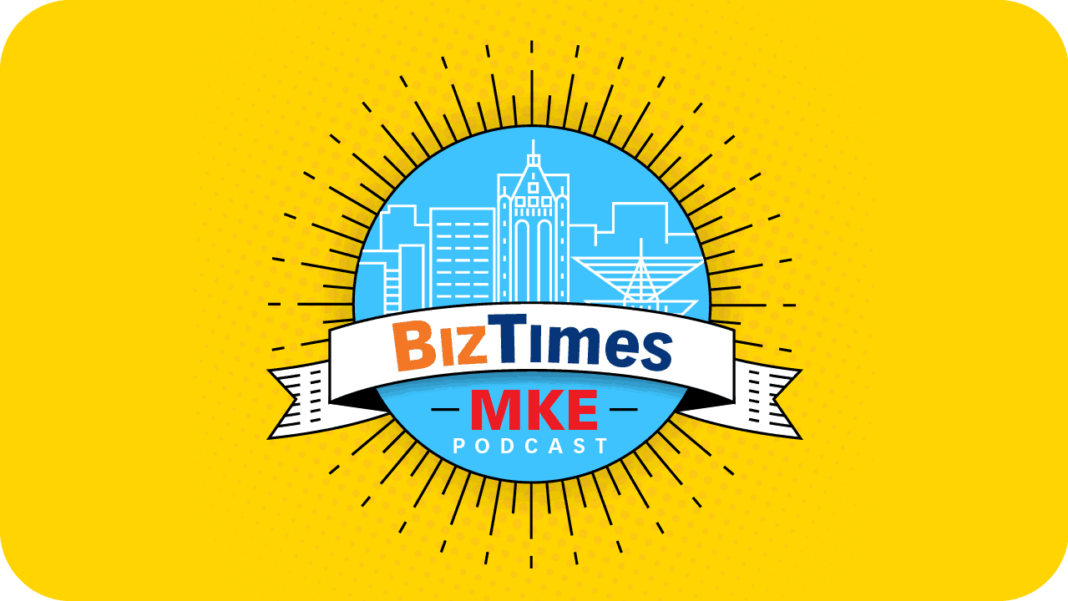![]()
![]()
In mid-July, Hartland-based Fathom Digital Manufacturing Corp. announced plans to go public via a special purpose acquisition corporation or SPAC. On the latest BizTimes MKE Podcast, Fathom CEO Ryan Martin talks about why the company is going public and why a SPAC was the right vehicle to do it.
SPACs have received a lot of attention over the past year as a vehicle to take companies public without the same level of scrutiny involved in a traditional IPO, but Martin said Fathom is different from many of those businesses.
“I personally believe a lot of those companies, they’re based on very forward projections, based on a future state that at scale they’ll reach profitability and that their value proposition will eventually resonate with customers,” he said.
Going public will help give Fathom better brand recognition and afford it the ability to use its stock as currency in acquisitions, Martin said.
Fathom was previously known as Midwest Composite Technologies, a Hartland company that was an early adopter of 3D printing and additive manufacturing. In 2018, MCT was acquired by Chicago-based private equity firm CORE Industrial Partners. Since then, the company has done 13 acquisitions as it assembled a range of manufacturing capabilities across different geographies in the U.S.
Part of Fathom’s goal is to be a national player that serves the product development and low- to mid-volume manufacturing needs of large, innovative corporate companies.
“Out customer base is being forced to innovate and bring more products to market faster than ever before,” Martin said.
He added that the supply chain challenges of the past year, whether COVID-related or brought on by weather events like the deep freeze in Texas, have made companies more interested in having agile supply chains, instead of global ones focused on low cost.
In a recent example, Martin said worked to help an ATV maker keep its production moving by supplying 500 pieces of an important part. Without the help, he said the customer was facing the prospect of not being able to sell $20,000 ATVs because it couldn’t source a $30 piece.
“They reduce the cost of that $30 part down to a point where it’s the lowest possible cost, but now it becomes a limiting factor for them to be able to make something that they make 50% margin on, so they’re losing $10,000 of potential gross margin because they saved $2 on a part,” he said.
Fathom’s approach was to rethink how the part was made using other manufacturing processes without sacrificing the part specifications or quality, Martin said.
For more on Fathom, listen to the full episode in the player above or find the BizTimes MKE Podcast on Apple or Spotify.


